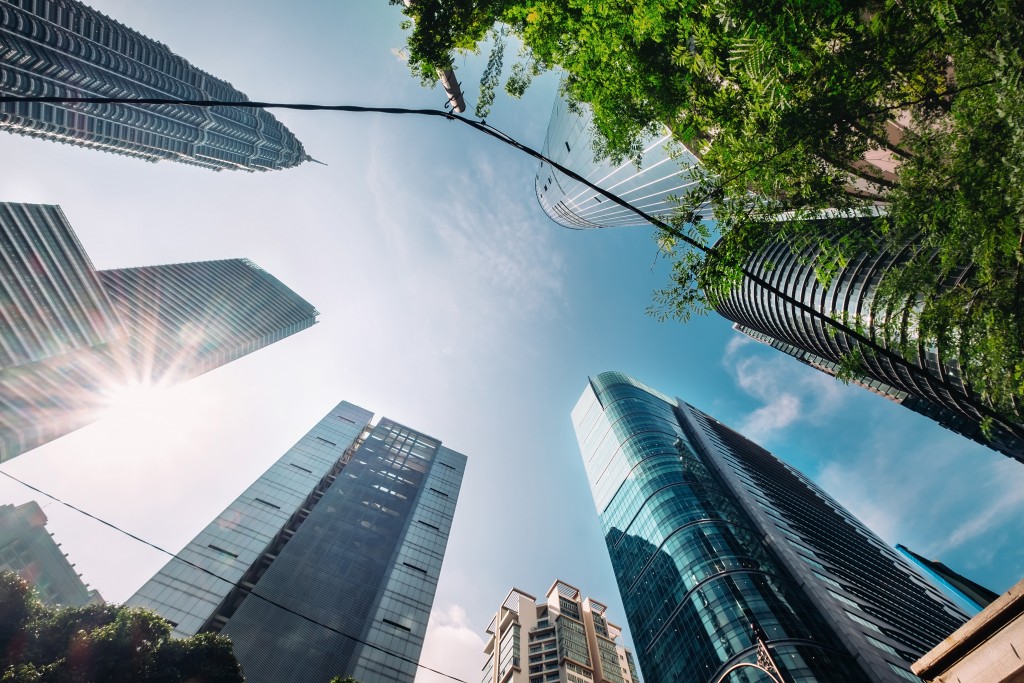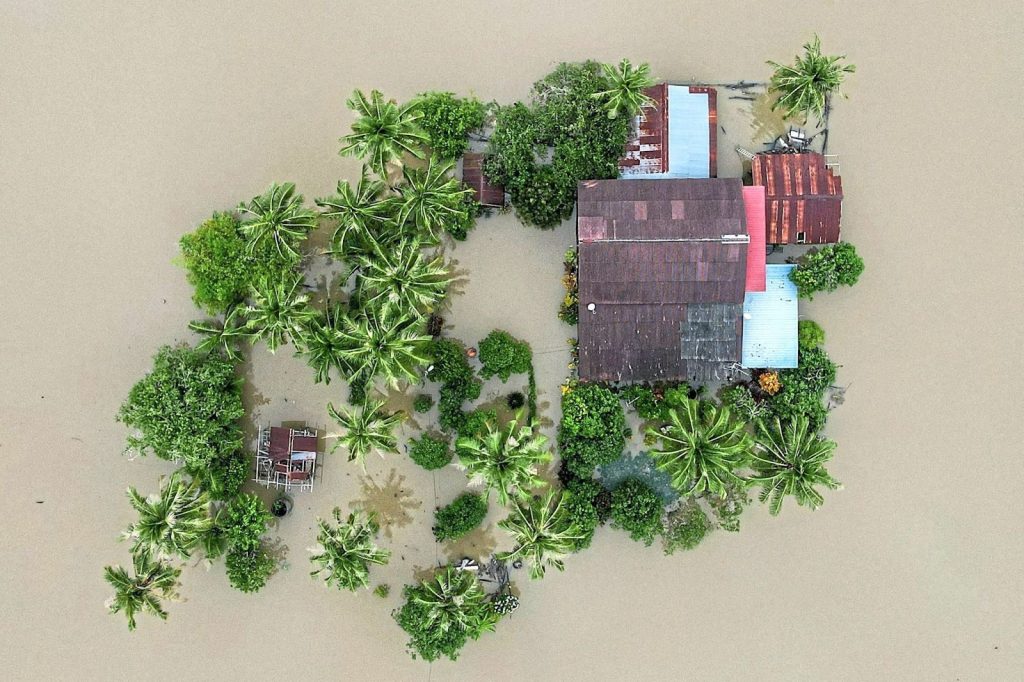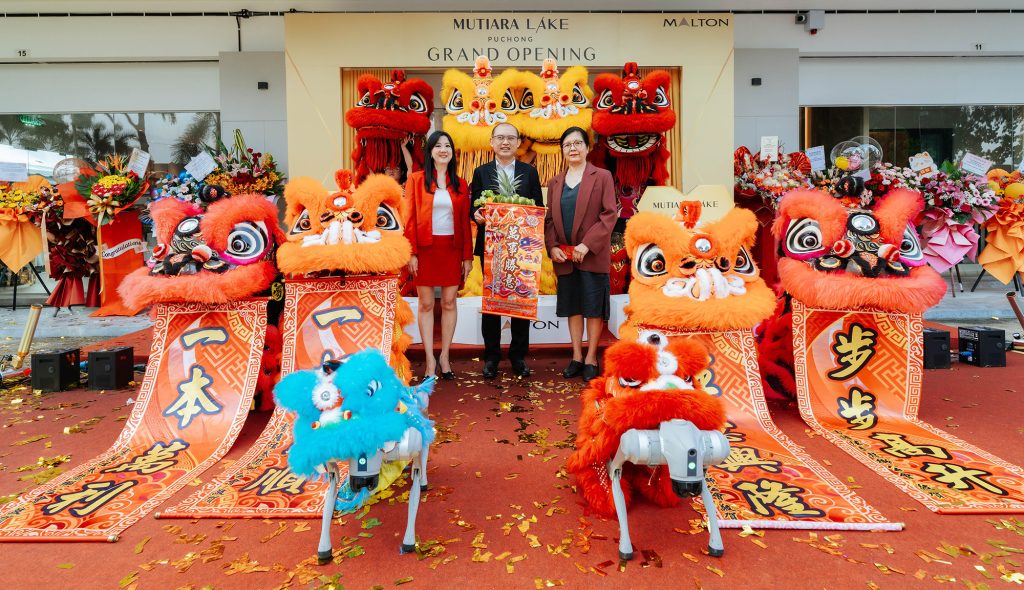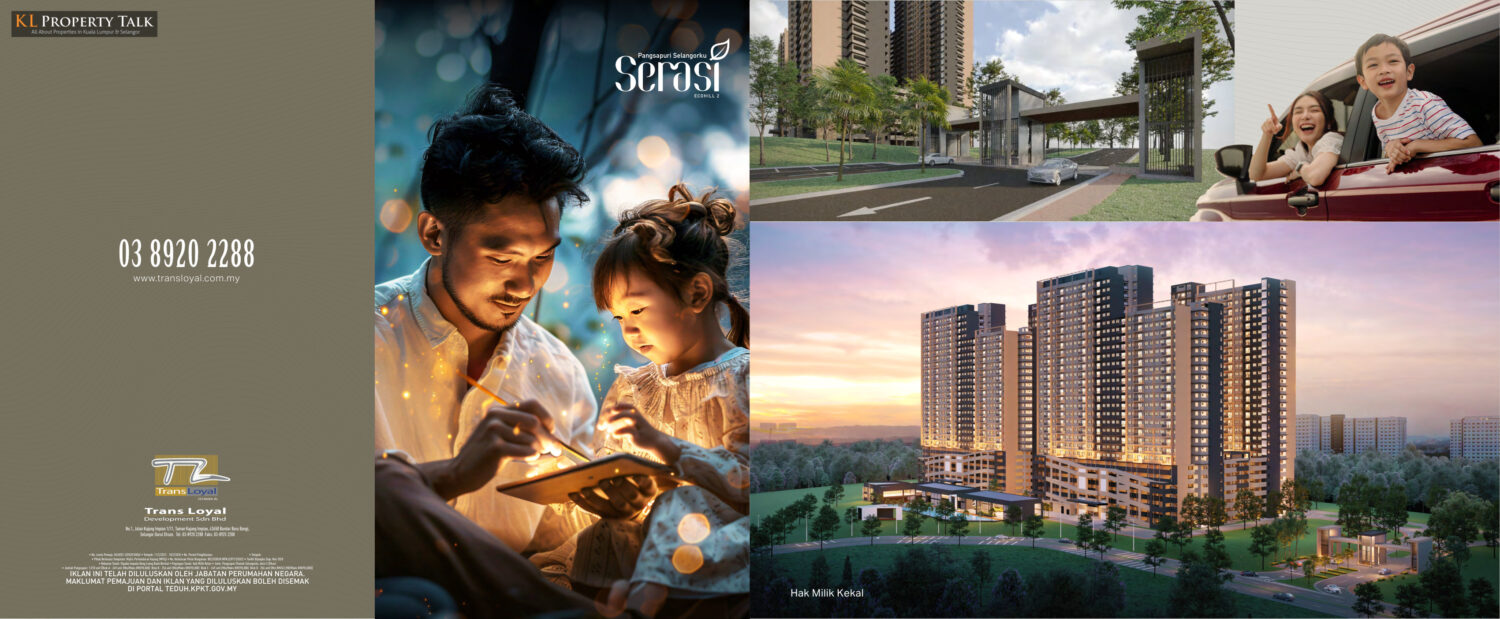DBKL seeks public opinion: What’s your input on the KL Local Plan 2040?
By Yanika Liew
The Kuala Lumpur City Council (DBKL), currently working on the Kuala Lumpur Local Plan 2040 (PTKL2040), seeks input from stakeholders to ensure alignment with the city’s needs. DBKL has defined the development core, proposed actions, detailed recommendations and development controls for the city.
However, it is now seeking feedback from the public and professional organisations to refine measures concerning both private and public properties. With the deadline for contribution and feedback extended to April 1, 2024, DBKL planning senior deputy director Rosli Nordin said: “People often blame DBKL when construction starts near their house. So even though they have been given time and opportunity to give their views and make objections through the provisions of the law.”
“We don’t want [to receive complaints] after the local plan is approved,” he added, pointing out that the public should contact DBK before the new deadline. There are resources available for the public under the DBKL website, including the Kuala Lumpur Structure Plan 2040 (KLSP2040).
What is DBKL’s 2040 vision?
According to the KLSP2040, Kuala Lumpur has set a vision to be a world-class city through six goals, namely:
- Innovative and productive
- Inclusive and liveable
- Healthy and vibrant
- Climate-smart and low carbon
- Efficient and environmental-friendly, mobility
- Integrated and sustainable.
The KLSP is a development plan prepared for the area, containing the vision, growth policies and action. The structure plan is Kuala Lumpur’s highest planning document and it sets out the planning and partial development framework for the next development planning stage, which is the PTKL2040.
The KLSP2040 replaces the now-obsolete KLSP2020, which was created in 2004 but never gazetted as it was originally intended. The replacement plan takes into consideration the rapid development, economic changes and the implementation of the latest national policies. It sets out to manage key features such as the total population, total number of jobs, total distribution of areas as well as society and infrastructure needs.
Within the planning hierarchy, KLSP2040 sits below the national level’s National Physical Plan, and above the local federal level’s PTKL2040. There is only one other level below concerning specific plans, the Micro Control Plan.
Rosli outlined 23 main aspects in the KLSP2020 policies that have been adopted and improved for preparation of KLSP2040, from cultivating a knowledge-based economic centre to quality, adequate and accessible housing.
“KLSP2040 was prepared through a public engagement process with various stakeholders and the public from the early document preparation stages. The public consultation process took multiple forms such as meetings, workshops and briefings,” Rosli said.
He noted that while Act 267 does not explicitly stipulate the public engagement process during draft preparation, public engagement sessions were held to reflect DBKL’s transparency and commitment to plan Kuala Lumpur with all stakeholders, particularly the residents of Kuala Lumpur.
The engagement sessions began with the preparation stage, with DBKL hosting workshops, focus groups and meetings with members of parliament. In the second stage of engagement, DBKL held a public viewing of the KLSP2040 draft and a briefing session for members of parliament, members of the advisory board of KL, professional organisations, non-governmental organisations, governmental agencies and the general public.
Before moving onto its final draft approval stage, which consisted of town hall sessions and engagement with the general public and stakeholders, DBKL would normally host a public hearing session
Goals of KLSP2040
The new structure plan aimed to encourage innovation as a driver of the economy to increase its value, through the enhancement of tourism activities, transport links and more.
Under individual goals, its other objectives include addressing the needs of the homeless, strengthening and expanding the Kuala Lumpur Heritage Trail, preparing a disaster risk management plan, improving support infrastructure and regulating development.
For 2040, DBKL aims to provide at least 20m² of open space per person, and by 2040, reduce carbon by 85%. To help achieve this, the public and private transport ratio is targeted to be 70:30.
Targets also include more than 300km for pedestrian paths and micro-mobility vehicles, and 60% of the population utilising pedestrian paths and cycling paths. These efforts can be seen in initiatives such as the KL Car Free Mornings, wherein selected roads are closed on Sundays from 7am to 9am for cycling.
There were also development targets; to achieve green spaces and redevelop buildings that are more than 40 years old.
“We need developers to provide 10% open space for their projects but sometimes they cannot adhere to what DBKL needs. We try to highlight the solution, so we give 8% on the ground and another 16% on the podium because we need the green in those developments,” Rosli said.
While a full list of the new objectives and targets can be found under the KLSP2040, the average city resident will no doubt look at these goals with scepticism. Can Kuala Lumpur become a world-class city by 2040 as promised before in KLSP2020? And what will it take to get there? Constructive opinions are sought by DBKL at https://ppkl.dbkl.gov.my and can be contacted at ptkl@dbkl.gov.my.
Source: StarProperty.my
















POST YOUR COMMENTS